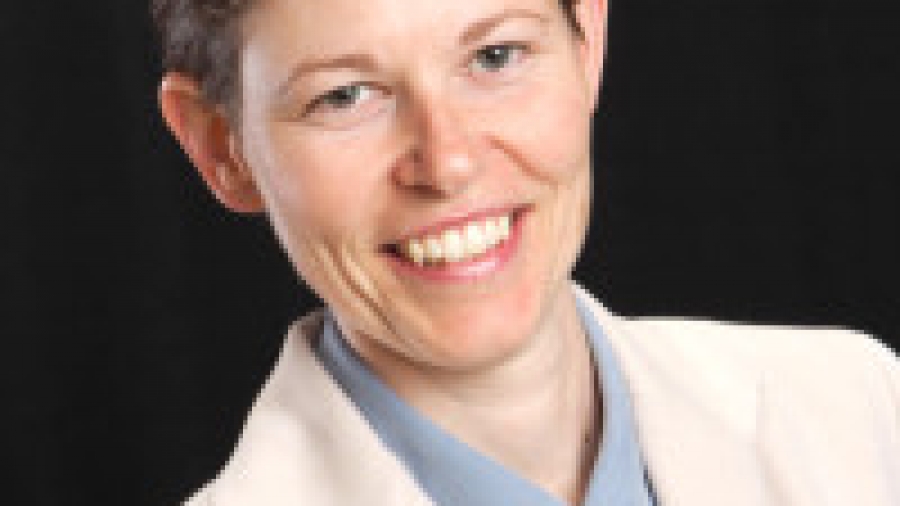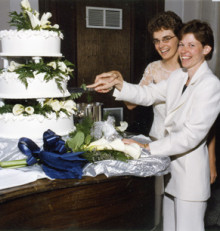We get calls and emails every day that point out common challenges better than we ever could. Consider the following:
“At the end of the day it’s Max’s firm and he is going to do what he wants to do.”
“I wanted to thank you for your support on yesterday’s call regarding my time template. And I also wanted to apologize for not providing more push-back, however, given Liz’s body language, that you could not see, it was not the right time to offer push-back. It has been my experience with this job that I must pick my battles thoughtfully. But it is a prime example of what I perceive to be certain ambivalence on Liz’s part regarding the LWP system. Don’t get me wrong though – I am completely committed to her, and if tomorrow she decides we are not doing the LWP process anymore then that’s what I have to do, even though I know the direct impact of ‘winging it’ day in and day out. However, since I believe our current firm objective is to implement this system, that is my objective as well.”
“Joe saw that my ‘To do’ list has a standing reminder for the weekly Team Forum and he asked me what was it about. I told him it is a weekly forum to support team members on how to be leaders in their role. He said since this isn’t directly showing me how to implementing the LWP tools then it is worthless to attend it and a waste of my time. I tried to explain that it is not about legal technical ‘stuff’, just a way for us associates to come together and relate to each other about ideas and any questions we have. But he still said no. It’s just him and me in the office, no one else. The firm is very small but it would be nice to get a little appreciation sometime, that’s all. Is that too much to ask? I didn’t even get a Christmas card when Christmas came around. And I haven’t had a raise in 2 years and now I am being told I can’t attend something that is going to help me grow and directly impact the firm.”
This is about the time that we find most firms start to feel like they are running through quicksand – and they are not sure why. There are three constants with any business: Payroll is ALWAYS the biggest expense, employee management the biggest area of wasted time, and employee “issues” the biggest reason people quit or leave – and the most common way people lose confidence and energy.
The attorney not only wants – but depends on an entrapreneur, and gives all the signs, by body language and by not meeting deadlines, that they really want someone to lead. The team members just want everyone to do what they say and feel appreciated.
What they all want, in other words, is teamwork. Teamwork is the fuel that allows common people to attain uncommon results. And in my experience there is no better book than “The Five Dysfunctions of a Team” by consultant and speaker Patrick Lencioni for describing the many pitfalls that teams face as they seek to “row together.” This phenomenal book explores the fundamental causes of organizational politics and team failure. Over the next five blog posts I will be taking you through an extensive summary of the book, almost an x-ray for the true meaning of working as a team and the human element that exists. Among other areas, we will redefine the meaning of “dysfunction” and how it’s not a “bad” word but rather a vessel to identify places on your team to produce results and avoid “minor” issues that can become landmines if unaddressed and tolerated. Ultimately, you will come away with A Simple Plan for YOUR Best Year Ever.
If you would like to know more about Lawyers With Purpose and how we can support you with building an elder law practice focused on asset protection, Medicaid and VA planning click here for more information on our legal technical summit September 12-13 in Phoenix, AZ. Seats are filling fast and we have limited space so register now if your even considering this opportunity!
Molly L. Hall, Co-Founder, Lawyers with Purpose, LLC, and author of Don’t Be a Yes Chick: How to Stop Babysitting Your Boss, Transform Your Job and Work with a Dream Team Without Losing Your Sanity or Your Spirit in the Process.



















